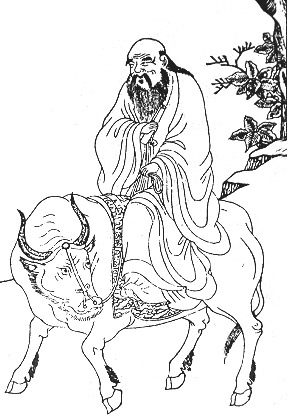Dr. Jonathan Y. Tan
(
陳運佳教授
)
ProfessorJTan@gmail.com
(513) 745-3794
121 Hinkle Hall
Office hours by appointment
|
Computation of Grades
Midterm Grade:
The midterm grade for this course will be computed as follows:
- Living Personalities Project Proposal (50%)
- Class Blog postings (25%)
- Attendance and in-class discussions (25%)
- less: absences/deductions (if any)
Final Grade:
The final grade for this course will be computed as follows:
- Living Personalities Project Proposal (10%)
- Living Personalities Project In-class Presentation (20%)
- Living Personalities Project Report (30%)
- Class Blog postings (20%)
- Attendance and in-class discussions (20%)
- less: absences/deductions (if any)
|
子曰:「學而不思則罔,思而不學則殆。」
The Master [Confucius] says:
"Learning without thinking is a waste of time,
Thinking without learning is dangerous" (Analects 2:15).
|
COPYRIGHT COMPLIANCE:
STATEMENT OF FAIR USE FOR EDUCATIONAL PURPOSES
A good faith effort has been made to comply with US copyright law. This does not mean that none of the materials used in this course website is copyright protected, but that the "fair use" clause of US Copyright Law has been adhered to. In particular, any copyright material used here is (a) not used for commercial gain and used exclusively for educational purposes; and (b) used in limited amounts in comparison to the published source. The relevant provision (section 107) of the U.S. Copyright Act is reproduced below:
Section 107: Limitations on exclusive rights: Fair Use
Notwithstanding the provisions of section 106, the fair use of a copyrighted work, including such use by reproduction in copies or phone records or by any other means specified by that section, for purposes such as criticism, comment, news reporting, teaching (including multiple copies for classroom use), scholarship, or research, is not an infringement of copyright. In determining whether the use made of a work in any particular case is a fair use, the factors to be considered shall include:
(1) The purpose and character of the use, including whether such use is of a commercial nature or is for nonprofit educational purposes;
(2) the nature of the copyrighted work;
(3) the amount and substantiality of the portion used in relation to the copyrighted work as a whole; and
(4) the effect of the use upon the potential market for or value of the copyrighted work. (added pub. l 94-553, Title I, 101, Oct 19, 1976, 90 Stat 2546).
|
|
REQUIRED
TEXTBOOKS:
Joseph A. Adler
Chinese
Religious Traditions
(Prentice Hall, 2002)
de Bary & Bloom, eds.
Sources of
Chinese Tradition
(2nd Ed), Vol. 1
(Columbia, 1999)
Eva Wong
Shambhala Guide
to Taoism
(Shambhala, 1997)
Kenneth Chen
Buddhism in
China: A
Historical Survey
(Princeton, 1964)
|
















 This website is optimized for Mozilla Firefox. Get Firefox today.
This website is optimized for Mozilla Firefox. Get Firefox today.